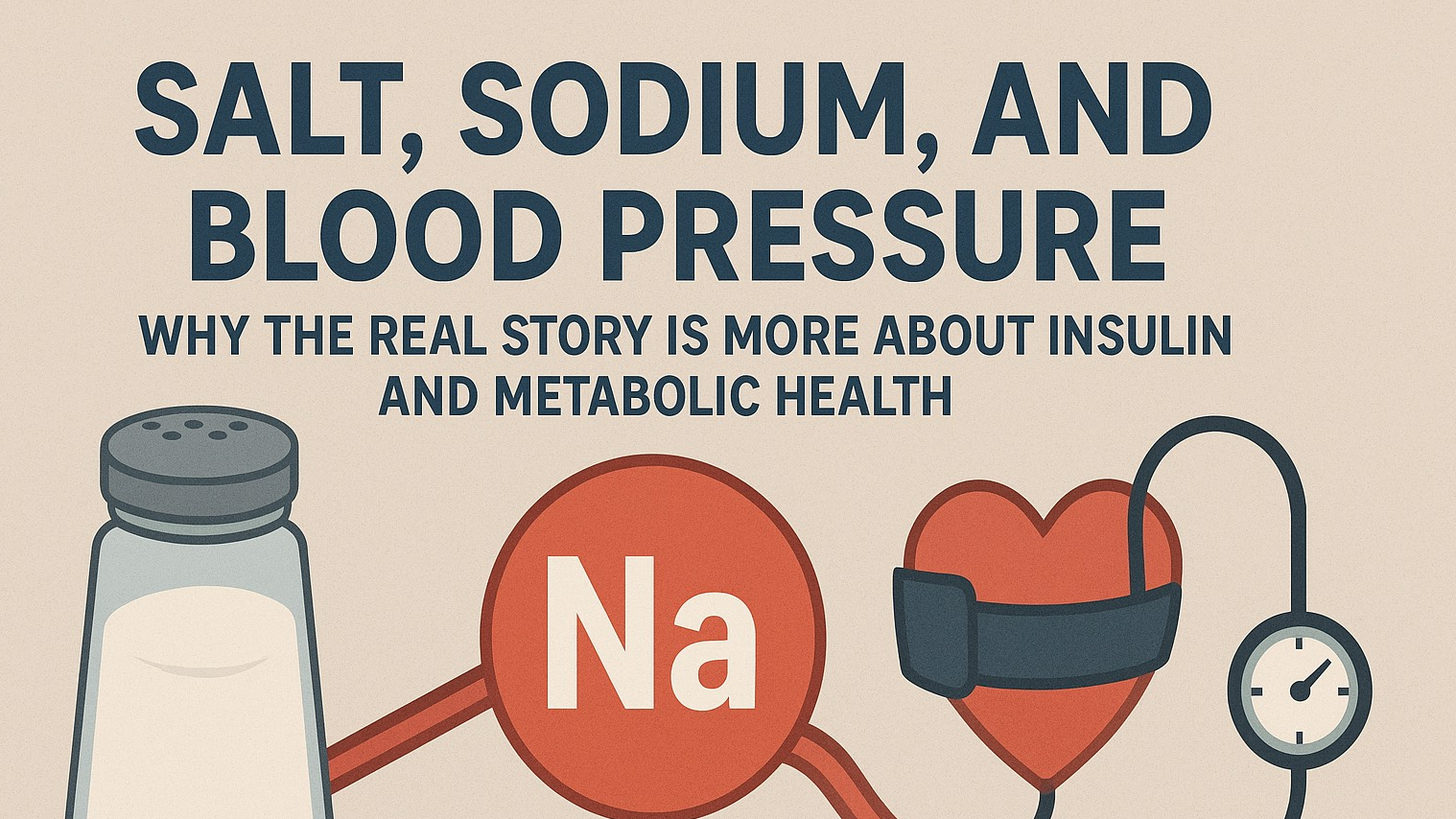
Walking is one of the simplest yet most effective forms of exercise. It’s free, requires no special equipment (apart from a pair of good shoes), and provides a host of physical and mental health benefits. Whether you’re taking a leisurely stroll or power walking with purpose, incorporating walking into your daily routine can significantly enhance your well-being. Here, we delve into the science-backed benefits of walking and how to optimize your walking routine for maximum health gains.
Physical Health Benefits of Walking
Improved Cardiovascular Health Regular walking reduces the risk of heart disease. A 2013 meta-analysis published in PLOS One found that walking at a moderate pace for at least 30 minutes a day reduces the risk of cardiovascular events by 31%. Walking improves circulation, lowers blood pressure, and strengthens the heart.
Weight Management Walking helps burn calories and supports weight loss. A study in the Journal of Obesity demonstrated that walking for 12 weeks led to significant reductions in body fat percentage and waist circumference, especially in women.
Enhanced Bone and Joint Health Weight-bearing exercises like walking increase bone density and reduce the risk of osteoporosis. Walking also helps lubricate joints and reduce arthritis pain, as shown in a study by the Arthritis Foundation. Walking regularly can be as effective as nonsteroidal anti-inflammatory drugs in reducing joint pain.
Boosted Immune Function A study published in Medicine & Science in Sports & Exercise found that people who walked briskly for 30 minutes a day experienced a 43% reduction in sick days. Walking mobilizes white blood cells, improving immune system response.
Mental Health Benefits of Walking
Reduced Stress and Anxiety Walking releases endorphins, the “feel-good” hormones that alleviate stress and improve mood. A 2016 study in the Journal of Psychiatric Research revealed that walking in natural environments significantly reduces symptoms of anxiety and depression.
Improved Cognitive Function Walking boosts brain health and lowers the risk of cognitive decline. A 2018 study published in Neurology showed that older adults who walked regularly had larger hippocampi, the brain region responsible for memory and learning.
Better Sleep A study in Sleep Health found that people who walked regularly fell asleep faster and reported better sleep quality. Walking during the day helps regulate circadian rhythms, promoting restful sleep at night.
How to Optimize Your Walking Routine
-
Tweak Your Technique
Keep your chin up, tummy tucked, and shoulders back for an effective stride.
Use a heel-to-toe motion, letting your heel strike the ground first before rolling forward and pushing off with your toes.
Swing your arms at a 90-degree angle to enhance momentum.
-
Invest in Proper Gear
High-quality walking shoes with good arch support and cushioning can prevent injuries.
Wear comfortable, weather-appropriate clothing to maintain range of motion and stay dry.
-
Practice Mindful Walking
Engage your senses by focusing on the rhythm of your steps, the sounds around you, or the feel of the ground beneath your feet.
Mindful walking doubles as meditation, reducing stress and enhancing focus.
-
Shake Things Up
Change your walking routes to keep things interesting. Explore new neighborhoods, parks, or trails.
During bad weather, walk in malls or use a treadmill with a playlist or uplifting videos to stay motivated.
-
Find a Partner
Walking with a friend, family member, or pet makes it more enjoyable and helps you stay consistent.
Joining a walking club can provide a sense of community and accountability.
-
Create a Walking “Bucket List”
Identify destinations you’d love to explore on foot, such as scenic trails, national parks, or vibrant cities. Combining walking with travel can be an exciting way to meet fitness goals.
Scientific Data on Walking’s Benefits
Double-blind studies have consistently highlighted the benefits of walking. For instance:
A 2019 randomized controlled trial in The American Journal of Preventive Medicine found that participants who walked for 40 minutes three times a week showed significant improvements in cardiovascular fitness and mood compared to a control group.
Research in The Lancet linked moderate-intensity walking with a 20% lower risk of premature death among older adults.
Final Thoughts
Walking is a low-impact exercise with high-impact benefits for both physical and mental health. By optimizing your technique, varying your routine, and incorporating mindfulness, you can elevate walking from a simple activity to a powerful tool for well-being. Start small, stay consistent, and let each step bring you closer to better health and happiness.
Scientific Studies Referenced:
Meta-analysis on walking and cardiovascular health (PLOS One, 2013).
Study on weight management benefits of walking (Journal of Obesity).
Research on joint health and arthritis (Arthritis Foundation).
Immune function study (Medicine & Science in Sports & Exercise).
Study on walking and mental health benefits (Journal of Psychiatric Research, 2016).
Cognitive function study (Neurology, 2018).
Sleep health and walking study (Sleep Health).
Randomized controlled trial on walking’s benefits (The American Journal of Preventive Medicine, 2019).
Research on walking and longevity (The Lancet).
 Add Row
Add Row  Add
Add 










Write A Comment